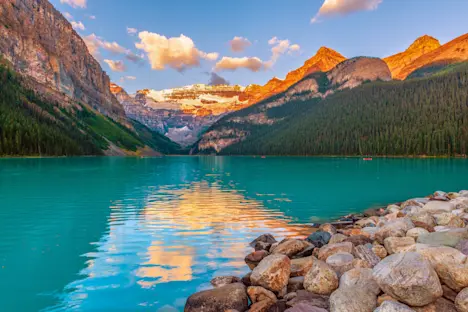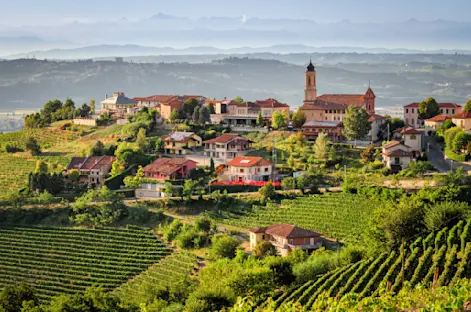Videos & Webinars
VIDEO | Patagonia's Landscapes
Join us on a virtual journey though the sweeping landscapes of Patagonia, in the southernmost reaches of Chile and Argentina. This video gives you a taste of Patagonia's massive glaciers, shimmering lakes, and mountain enclaves, home to an array of unique wildlife.
WEBINAR | Autumn in the Americas: The Science & Splendor of Fall
From the blazing maples of Maine to Alaska’s crimson tundra and Patagonia’s golden hills, autumn transforms the Americas into a living canvas. Expedition Leader Arthur Kampmann explains the science behind fall’s colorful foliage and how wildlife responds to the season’s cues. Learn what triggers bears to enter hyperphagia to prepare for winter, moose to begin their rut, and migratory birds to move south, and discover the best times and places to witness nature’s grand seasonal transformation, including on Nat Hab’s fall adventures.
WEBINAR | World Travelers: Boost Your Photo Skills in Your Own Backyard
Great travel photos start before you ever leave home! In this practical presentation, Photo Expedition Leader Laura Geissinger shares her favorite backyard photography tips to help you feel confident behind the lens. Get comfortable with your camera settings, learn techniques to practice at home, and build habits that will help you react quickly when the perfect moment occurs in the wild. Whether you're new to photography or hoping to sharpen your skills, this session is packed with suggestions to help you capture better images—wherever you roam.
WEBINAR | Conservation Connect: Preserving Yellowstone Cougars & Their Prey
You've likely heard about the effect reintroducing wolves into Yellowstone has had on elk populations and on the ecosystem as a whole. But what about other predator-prey relationships? Brooke Mitchell talks with wildlife biologist Jack Rabe about the impact of cougars on America's first national park. Learn about the biology of these elusive felines—also called mountain lions or pumas—and how they interact with other predators, and discover some of the conservation challenges surrounding them.

































